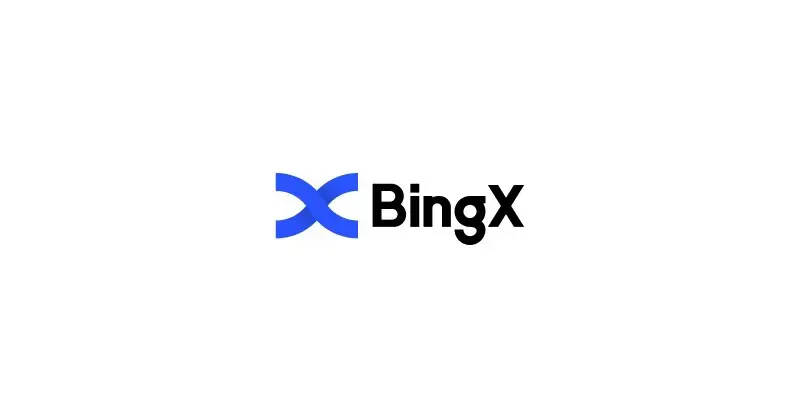In a digital age where communication and data privacy are of paramount concern, social media platforms are continuously exploring ways to enhance user security. Twitter, one of the world’s most popular microblogging platforms, has officially announced its intention to support encrypted direct messages. This strategic move marks a significant step in the platform’s evolution, addressing the growing demand for enhanced privacy while also raising questions about accessibility and potential limitations. In this exclusive analysis, we delve into the details of Twitter’s encrypted direct messages, the rationale behind this decision, the implications for user privacy, platform security, and the balance between encryption and openness.
I. The Importance of Data Privacy and Encryption:
In an era of data breaches and increasing concerns about online privacy, encryption has emerged as a crucial tool to protect users’ personal information and communication.
II. Twitter’s Position in the Social Media Landscape:
Microblogging Pioneer: Twitter has redefined online communication, enabling users to share thoughts, news, and information in real-time.
User Privacy Focus: Twitter’s commitment to user privacy aligns with the growing emphasis on secure communication.
III. Introduction of Encrypted Direct Messages:
Enhanced Security: Encrypted direct messages offer an added layer of protection against unauthorized access to private conversations.
End-to-End Encryption: Twitter’s approach to encryption ensures that only the sender and receiver can access the contents of messages.
IV. The Rationale Behind Encrypted Direct Messages:
User Trust: The move towards encryption reflects Twitter’s dedication to fostering trust and ensuring user confidence.
Global Privacy Trends: The platform’s decision aligns with broader privacy trends, as users become more concerned about their online privacy.
V. Balancing Privacy and Accessibility:
Accessibility Limitations: While encryption enhances security, it might also limit the ability of platforms to address harmful content or abusive behavior.
Policy Enforcement Challenges: Encrypted messages might pose challenges for content moderation and addressing violations.
VI. Implications for User Privacy:
Communication Confidentiality: Encrypted direct messages provide users with a safe space for private conversations, shielding them from potential breaches.
Mitigating Surveillance: Encrypted messages deter unauthorized surveillance and ensure that communication remains private.
VII. Platform Security and Abusive Behavior:
Tackling Harassment: Encryption can potentially complicate efforts to curb abusive behavior, making it harder to identify and address violations.
Platform Safety: Twitter faces the challenge of maintaining a safe environment while preserving the privacy of user communications.
VIII. User Acceptance and Choice:
User Empowerment: Twitter’s support for encrypted messages empowers users to have more control over their private conversations.
Transparency and Education: Communicating the benefits and potential limitations of encryption helps users make informed decisions.
IX. Industry Standards and Best Practices:
Industry-wide Encrypted Messaging: Twitter’s adoption of encrypted messaging aligns with the broader movement towards secure communication.
Learning from Others: Twitter can draw lessons from other platforms that have implemented encryption, ensuring a smoother transition.
X. The Road Ahead:
Twitter’s foray into encrypted direct messages marks a pivotal moment in its evolution, sparking discussions about the future of online communication and the delicate balance between security and accessibility.
Conclusion:
Twitter’s official announcement to support encrypted direct messages underscores its commitment to user privacy and data protection. While encryption enhances the security of private conversations, it also introduces challenges related to content moderation and abusive behavior. As Twitter navigates the complex terrain of encryption, it must find ways to strike a balance between privacy and safety. This strategic move resonates with broader trends in the technology industry, emphasizing the importance of secure communication. As users adapt to this new feature and its implications, Twitter has the opportunity to demonstrate its dedication to user privacy while continuing to foster a positive and secure online environment.











